In an ever changing world, technology has changed the way we view things and go about our lives, especially the mediums that we use. The internet allows us to look up information in seconds, as opposed to countless hours spent looking through books in libraries. GPS has replaced the need to use maps. Most people have adapted to the “Out With The Old, In With The New” way of life. However, there is one old fashioned medium that just won’t go down without a fight. Vinyl records have made a huge comeback in recent years, showing newer mediums of music who’s boss.
According to an article from NPR, in the last six years, vinyl sales have tripled, and in the first part of 2014 alone, more than 6.5 million vinyl’s were sold, and 9.2 million vinyl records were sold in 2014 overall. A decade ago, vinyl records made up 0.2 percent of music sales. As of 2014, they made up 3.5 percent of music sales, and according to an article from TIME, as of 2015, vinyl record sales now make up 6 percent of music sales.
These numbers of course are numbers of sales in brand new copies of vinyl records. It doesn’t account for the millions being made in used copies of vinyls throughout record shops worldwide. While it seemed for awhile that record shops would go out of business due to declines in CD sales and an increase of digital sales and file sharing, vinyl records saved the day. Record shops are thriving off of vinyl sales, which is keeping them in business, creating jobs and stimulating the economy. It’s become a powerhouse. F.Y.E. now sells vinyl records and record players, as well as places unthought of such as Urban Outfitters. Reasons why vinyl has made such a strong comeback is a need to hold a physical copy of music, with your bare hands. Not something that is just a file on your computer. The listener can appreciate their music more because of this. Vinyl records deliver a rich and warm sound, that CD’s, tapes, and digital albums just can’t do. Plus it just looks cool! Its a giant frame full of artwork and you can put a wheel of music down and make it spin and it plays music. Try doing that with an I-Pod.
Opinion leaders and tastemakers also play a big role in this. Most artists are seen always talking about how great vinyl is, and if you’re a fan of these artists, of course that’s going to influence how you view vinyl. In fact, most artists release their albums on vinyl nowadays. Even people such as Jimmy Fallon, who every night before an artist plays, shows their record in vinyl format. 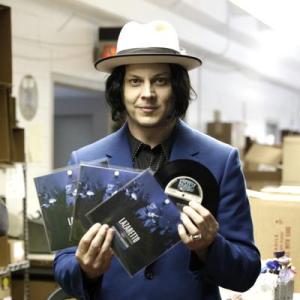 One artist who has contributed to the huge success of the vinyl comeback is Jack White. Jack White’s album “Lazaretto” was the highest selling vinyl record of 2014, selling more than 86,000 copies in the U.S. alone, as well as over 150,000 copies worldwide. This is just in vinyl sales! It doesn’t even account for his CD and digital album sales. According to The Tennessean, it was the biggest selling vinyl album since 1991. Obviously tastemakers have influenced the resurgence of vinyl as well. Mainly artists, as well as people like Jimmy Fallon.
One artist who has contributed to the huge success of the vinyl comeback is Jack White. Jack White’s album “Lazaretto” was the highest selling vinyl record of 2014, selling more than 86,000 copies in the U.S. alone, as well as over 150,000 copies worldwide. This is just in vinyl sales! It doesn’t even account for his CD and digital album sales. According to The Tennessean, it was the biggest selling vinyl album since 1991. Obviously tastemakers have influenced the resurgence of vinyl as well. Mainly artists, as well as people like Jimmy Fallon.
Jack Lule had a great quote on tastemakers, in which he said: “Historically, popular culture has been closely associated with mass media that introduce and encourage the adoption of certain trends. We can see these as “tastemakers”—people or institutions that shape the way others think, eat, listen, drink, dress and more”The year is 2015, and we are surrounded by all sorts of fascinating and mind blowing technology. Even so, the way your grandparents listened to music is still relevant in today’s world, and that was extremely unplanned. The future of vinyl record sales is still up in the air, but if recent years has shown us anything, it’s that vinyl records are here to stay.
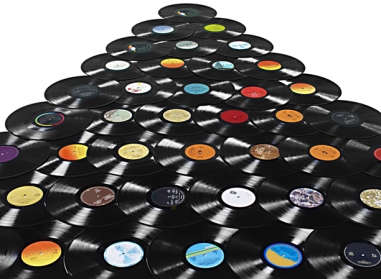
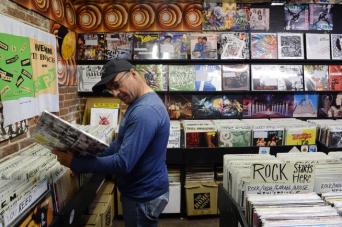
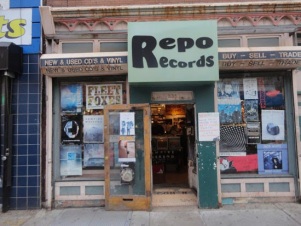
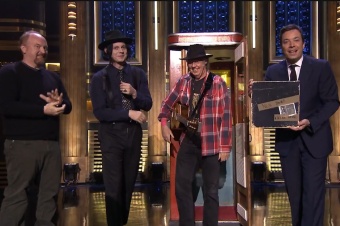


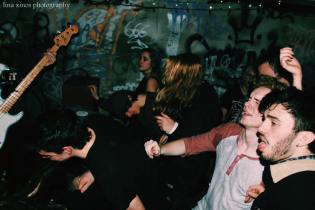
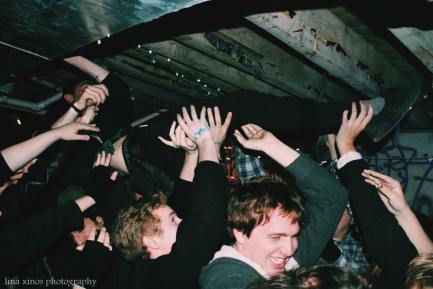
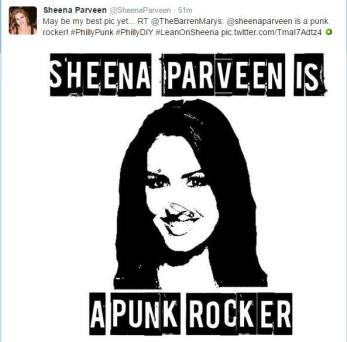
You must be logged in to post a comment.